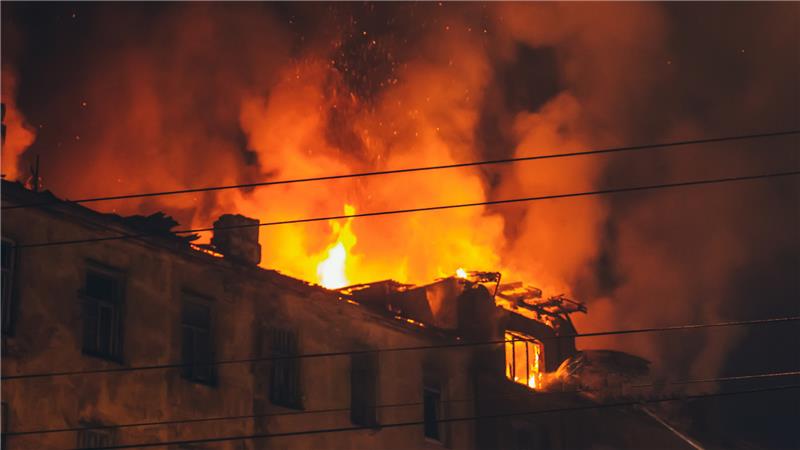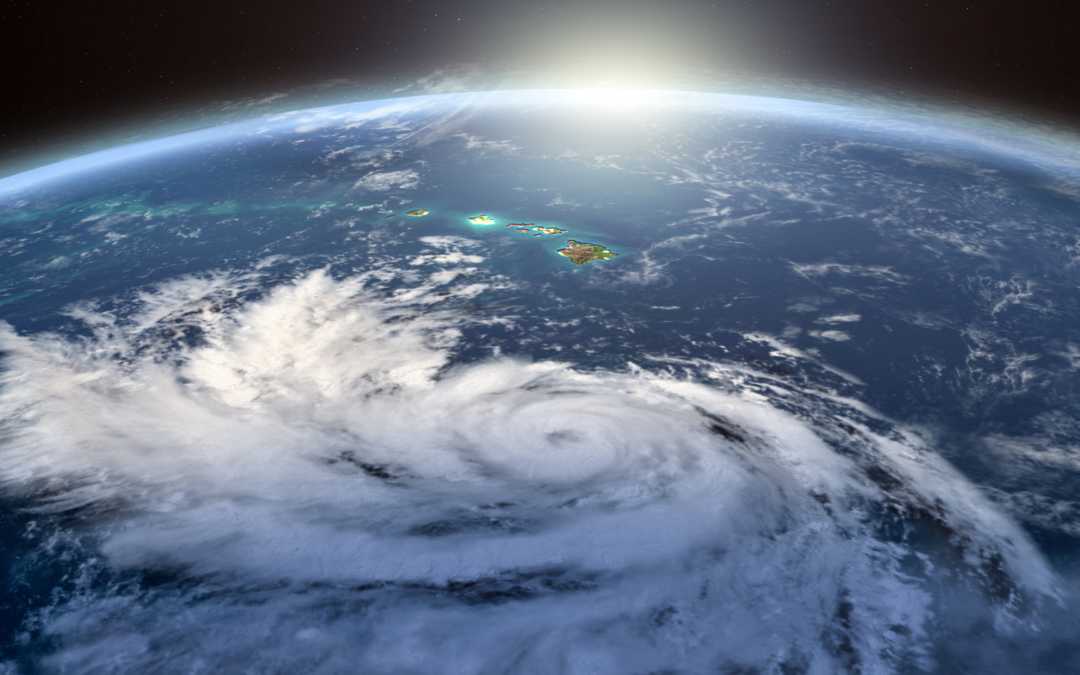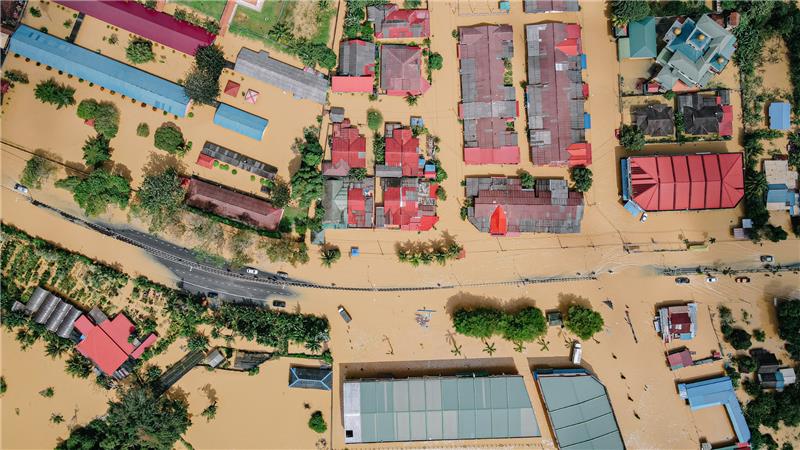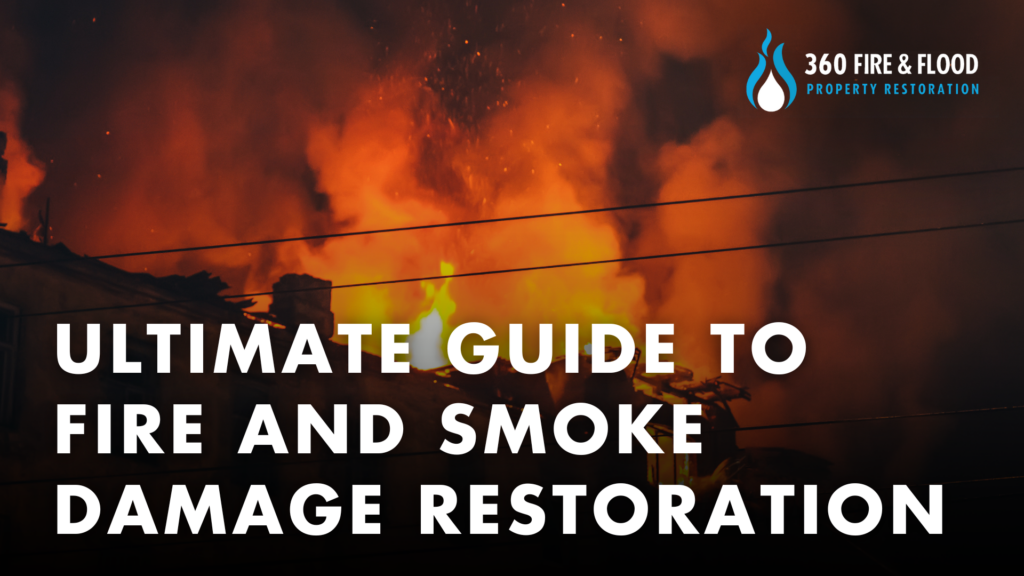
Fire and smoke damage can cause extensive destruction to both residential and commercial properties. Whether it’s the result of a small kitchen fire or a large-scale blaze, the aftermath can leave behind a variety of complications that require specialized attention. At 360 Fire & Flood Property Restoration, a nationwide restoration company and fire and flood restoration specialists, we are committed to providing thorough and efficient restoration services. This guide will walk you through the different categories of fire and smoke damage, the stages of a fire, and the restoration methods that can help you recover your property.
Smoke Categories
Understanding the types of smoke damage is essential for determining the proper restoration approach. Each type of smoke leaves a unique residue and presents different challenges, requiring customized techniques to fully restore the property. Below are the common categories of smoke damage that can occur after a fire.
Protein Smoke
Protein smoke is often the result of food preparation fires, such as when meat or other protein-rich foods are burned. This type of smoke leaves behind a nearly invisible residue that is pungent and clings to surfaces, making it difficult to remove. Cleaning protein smoke requires specialized solutions and techniques to eliminate odors and residue completely.
Wet Smoke
Wet smoke occurs in low-heat, smoldering fires. It typically involves materials like plastics and rubbers, producing a sticky, thick residue that is one of the most challenging to clean. The smell of wet smoke is especially potent and can infiltrate porous surfaces such as upholstery and carpets.
Dry Smoke
Dry smoke is generated from high-temperature fires that burn quickly, often involving paper, wood, or other dry materials. This smoke leaves behind a fine powder-like residue, which is easier to clean but can spread throughout the property due to its lightweight nature.
Soot
Soot is a byproduct of incomplete combustion, leaving behind black, powdery particles that cling to walls, ceilings, and other surfaces. Soot can stain surfaces permanently if not addressed promptly, and it often requires professional cleaning to prevent further damage.
Corrosive
Soot is a byproduct of incomplete combustion, leaving behind black, powdery particles that cling to walls, ceilings, and other surfaces. Soot can stain surfaces permanently if not addressed promptly, and it often requires professional cleaning to prevent further damage.
Petroleum/ Fuel Based Smoke
Petroleum or fuel-based smoke results from fires involving oil, gasoline, or similar substances. This smoke leaves behind a greasy residue that can be slippery, stained, and difficult to clean. Additionally, the odor from petroleum smoke is persistent and requires specialized treatment to neutralize.
Complex Fire Smoke
Complex fire smoke occurs when multiple materials burn simultaneously, producing a mix of wet, dry, and protein smoke. This type of smoke is the most challenging to address due to the variety of residues and odors it leaves behind. Comprehensive cleaning and odor removal processes are essential for restoration.
Different Types of Fire Damage
Different types of fire damage can directly impact the level of restoration required. The damage can range from minimal soot and smoke residue to structural compromises. This allows us to develop an appropriate restoration plan based on your needs and damage. As a national restoration company, 360 Fire & Flood Property Restoration is ready to handle everything from light smoke damage to extensive commercial fire restoration projects, offering expert solutions for anyone across the country. Now let’s go into the different types of fire damage.
Structural Damage
Fires often cause severe structural damage, compromising the integrity of walls, ceilings, floors, and other load-bearing components. Addressing structural damage requires a thorough inspection and professional restoration to ensure the safety of the building.
Smoke Damage
Smoke damage impacts both the structure and contents of a property. Walls, ceilings, and personal belongings can absorb smoke, resulting in discoloration and persistent odors. Professional cleaning and restoration are necessary to eliminate the effects of smoke damage fully.
Chemical Damage
Fires involving hazardous materials or chemical substances can leave behind toxic residues. Cleaning and restoring areas affected by chemical damage require specialized knowledge and safety precautions.
Electrical Damage
Fires can damage electrical systems, including wiring, panels, and connected devices. This poses safety hazards and often requires rewiring or replacing damaged components.
Stages of a Fire
Understanding the different stages of fire is crucial for both prevention and recovery. Each phase presents unique challenges, from early heat buildup to the final extinguishing stage, and knowing these stages helps guide effective firefighting and restoration efforts.
Warm-Up Stage
This is the initial phase of a fire, where heat begins to build up but flames have not yet formed. During this stage, materials may begin to smolder, producing early smoke.
Initiation Stage
In this stage, the fire ignites and starts spreading to nearby combustibles. The temperature rises rapidly, and flames become visible.
Development Stage
The development stage is determined by the fire’s rapid growth as it consumes more fuel. Smoke production increases significantly, and the fire reaches its peak intensity.
Stabilization Stage
During stabilization, the fire begins to lose intensity as fuel sources are consumed or suppressed. Smoke and heat levels may remain high, but the spread of the fire slows.
Extinguishing Stage
This final stage involves the fire being completely put out. Residual heat, smoke, and damage remain, requiring professional cleanup and restoration.
Fire and Smoke Damage Levels or Fire Damage Categories
Class 1 – Light Damage
Damage involves minor smoke and soot residue. Cleanup is typically straightforward, requiring light cleaning and deodorization to restore the property.
Class 2 – Moderate Damage
Moderate damage includes heavier soot buildup and more pervasive smoke odors. Cleaning involves deeper restoration efforts, such as professional-grade equipment and specialized cleaning agents.
Class 3 – Severe Damage
Severe damage occurs when the fire impacts the structural integrity of the building and destroys significant portions of the property. Restoration requires extensive cleaning, rebuilding, and sometimes complete reconstruction of affected areas.
When Should You Call 360 Fire & Flood Restoration?
If your property has sustained fire or smoke damage, it’s critical to act fast. Waiting too long can exacerbate the damage and increase restoration costs. Call 360 Fire & Flood Restoration, the fire and flood restoration specialists, if:
- Smoke or soot is still present after the fire is extinguished.
- There is visible structural damage to walls, floors, or ceilings.
- Your belongings, electronics, or documents have been damaged by fire or smoke.
- You notice lingering odors or signs of chemical contamination.
- Your property is unsafe, and you need professional support for cleanup and restoration.
How 360 Fire & Flood is Different
We hold the Fire and Smoke Damage Restoration Technician (FSRT) certification from the Institute of Inspection Cleaning and Restoration Certification (IICRC), ensuring that our team follows industry-leading standards for cleaning, inspection, and restoration. As a national restoration company, we specialize in commercial fire restoration and disaster restoration, offering tailored solutions for businesses across the country.
Our methods include advanced cleaning techniques, water extraction, soot removal, and odor control, ensuring that every aspect of your property is fully restored. We understand the urgency of fire damage, which is why our dedicated team responds quickly, arriving on-site within 1–2 hours of the incident. Throughout the process, you’ll have a dedicated project manager on-site to oversee the work, to make sure that everything runs smoothly and is completed to the highest standard.
We work closely with our clients every step of the way, providing clear communication and expert guidance. Whether you’re dealing with minor smoke damage or large-scale fire recovery, we’re here to help with our comprehensive nationwide restoration services.
Personal Protective Equipment (PPE)
Safety is a top priority for both our clients and our team. At 360 Fire & Flood, we use a range of PPE (Personal Protective Equipment) to protect not only the safety of our workers but also your property. Our PPE includes a variety of safety devices and protective clothing, carefully selected and measured to create a barrier against workplace hazards and prevent exposure to dangerous conditions.
Our PPE includes:
Chemical-resistant gloves: Protects hands from hazardous substances.
Splash goggles or goggles with a vapor seal: Shields eyes from harmful chemicals and debris.
Appropriate respirators: Make certain of safe breathing in contaminated environments.
Hard hats: Protects against falling debris and head injuries.
Work boots with composite toes: Provides protection from heavy objects and punctures.
Protective clothing: Shields skin from harmful substances and heat exposure.
We also equip our team with sensors for toxic atmospheres and communication devices to monitor and maintain a safe working environment. Our employees undergo hazard awareness and safety training as well as equipment training to ensure they can identify risks and respond effectively in any situation.
The Complete Fire and Smoke Damage Restoration Process

At 360 Fire & Flood Restoration, we follow a detailed and effective process to restore your property. Here’s how we handle fire and smoke damage from start to finish:
Step 1: Initial Assessment/Emergency Evaluation
We begin with a thorough assessment to evaluate the extent of fire and smoke damage and determine the best course of action. This includes:
Testing smoke residue: Using swipe samples on various surfaces (cold surfaces, metallic surfaces, HVAC filters, etc.) to identify the type and severity of damage.
Documentation: Detailed documentation of all belongings and pre-existing conditions to make sure a smooth restoration process.
Emergency evaluation: Assessing the need for:
- Air filtration devices
- Correct PPE for worker and site safety
- Additional devices for electrical and water concerns
Step 2: Mobilization
Once the initial assessment is complete, our team quickly mobilizes to stabilize the site and begin the restoration process:
Setting up equipment: Deploying specialized equipment for cleaning, drying, and odor removal.
Mapping the property: Identifying the heat line where the damage increases exponentially to target high-impact areas.
Boarding up and securing the site: Preventing further damage and ensuring safety.
Debris removal: Removing damaged materials to clear the site for restoration.
Step 3: Mitigation/Cleaning Process
Water Removal and Drying
Most fire and smoke damage incidents involve water damage from firefighting efforts. You can learn more from our Water And Flood Damage Restoration Guide as well. Our water removal process includes:
Dehumidification: Removing moisture from affected areas.
Supplemental electrical power: Providing backup power if needed.
Water extraction: Using specialized pumps to remove standing water. We also use preventive measures to eliminate and prevent mold growth.
Surface treatment: Treating wet surfaces with EPA-registered disinfectants to prevent microbial growth.
Test cleaning: Testing cleaning methods on different surfaces to find the most effective restoration approach.
Structural Cleaning and Soot Removal
Prompt deodorization and soot removal are crucial to prevent further damage:
Response time of 1–2 hours: A fast response helps limit damage and accelerate recovery.
Dry cleaning and wet cleaning methods: Using specialized cleaning products and tools depending on the type of soot and surface.
Corrosion control: Soot mixed with moisture can become acidic, causing further damage. We neutralize smoke and soot residues to prevent this.
Odor Control
After removing damaged materials and cleaning the site, we focus on eliminating odors:
Pairing and masking agents: Using deodorants tailored to different smoke sources.
Specialized equipment: Employing compression sprayers, ULV (ultra-low volume) foggers, and thermal foggers to treat porous materials.
Oxidation techniques: Permanently changing odor molecules to eliminate them.
Targeted solutions: Using citrus solvents and smoke odor counteractants based on the smoke category (natural or synthetic).
Four-step process: Removing the source, cleaning the area, treating with penetration techniques and equipment, and sealing surfaces to lock out remaining odors.
Step 4: Reconstruction
If necessary, we handle the reconstruction process, including drywall repair, flooring replacement, and other structural repairs. 360 Fire & Flood reconstruction and general contracting services also include but not limited to inspection, electrical, plumbing, painting, and even finishings.
Fire and Smoke Damage Prevention Tips
To reduce the risk of water damage and speed up recovery when it does happen, follow these prevention tips:
- Use fire-resistant materials in building construction and renovation projects. This can minimize the damage if a fire occurs.
- Whether at home or in your business, have an evacuation plan in place for all family members or employees.
- Overheated HVAC units can spark fires, especially when filters are clogged. Schedule regular maintenance and cleaning.
- Do you research! Plan for disasters preemptively and learn from the professionals. You can learn more tips with our resources and blogs.
- Keep fire extinguishers easily accessible and make sure sprinkler systems are operational. These tools can be lifesavers in preventing fires from spreading.
- Make sure all areas of your property have functional smoke detectors. Test them regularly to ensure they are in working order.
- Schedule routine inspections of your property to detect fire hazards, such as faulty wiring or outdated fire suppression systems. Early detection can save both time and money.
- Get a site assessment and post disaster plan. Both available services with 360 Fire & Flood.
- Do you research! Plan for disasters preemptively and learn from the professionals. You can learn more tips with our resources and blogs.
Handling Commercial Content Restoration
Content restoration is a key part of fire and smoke damage restoration. After assessing the damage to personal belongings and business equipment, our specialists determine what can be salvaged and what needs to be replaced. This includes:
- Electronics and equipment: We bring in specialized technicians to assess and repair water damaged electronics and equipment.
- General Content and Documents: Items are cleaned and sanitized, and restoration services are provided where necessary.
At 360 Fire & Flood Restoration, we understand the urgency and complexity of fire and smoke damage restoration. Our team is equipped with the latest tools, techniques, and industry expertise to restore your property to its pre-damage condition. Whether the damage is minimal or extensive, we’re here to guide you through the restoration process, ensuring your property is safe, clean, and habitable once again.
We offer 24/7 national emergency services so when disaster strikes, we are ready to respond. Contact us today for fast and reliable restoration services. Don’t wait, let us help you restore your peace of mind.
